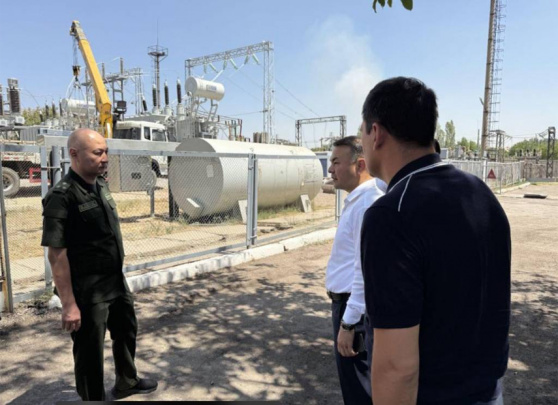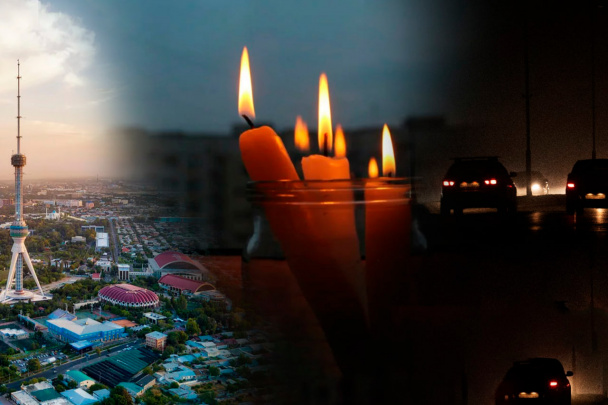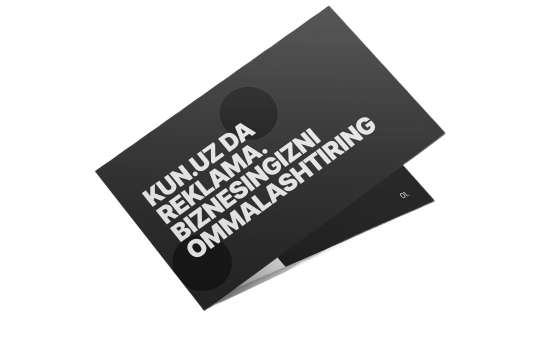Tariff hikes in Uzbekistan drive households to cut energy use
According to analysis by the Center for Economic Research and Reforms (CERR), the number of households in Uzbekistan consuming more than 10,000 kWh of electricity has decreased by about 5.3 times. Nearly half of respondents in the center’s survey noted positive improvements in the supply of electricity and natural or liquefied gas.
The Center for Economic Research and Reforms conducted a study to assess the impact of the new tariff policy based on the newly introduced social consumption norm on household energy usage.
A total of 3,516 households across the country participated in the study. In addition, the electricity consumption of 8 million and natural gas consumption of 3.5 million subscribers was analyzed.
The results showed that electricity consumption between May and December 2024 declined by 10.6% (1.3 billion kWh) compared to the same period in 2023.
In particular, the number of households consuming over 10,000 kWh per month dropped significantly – from nearly 80,000 in 2023 to just 15,000 in 2024.
Meanwhile, the share of subscribers consuming up to 200 kWh per month remained steady, comprising 71% in 2023 and 72% in 2024.
A similar trend was observed in natural gas consumption: in 2024, 58% of subscribers used up to 500 cubic meters of gas, compared to 54% in 2023. This indicates that the rise in tariffs did not lead to a sharp drop in overall consumption.
The most significant reductions occurred in regions that previously had high consumption levels – such as Samarkand, Tashkent, Andijan, and Namangan. The sharp decline in households using more than 10,000 kWh per month suggests a shift toward more efficient use of energy resources.
Survey results also revealed that nearly half of respondents observed improvements in electricity and gas supply.
About 47% of households, particularly in Surkhandarya (78%), Syrdarya (70%), and Namangan (67%) regions, reported better electricity supply.
Regarding natural gas, 39% of respondents noted improvements, with the highest satisfaction in Khorezm and Surkhandarya (68% each), followed by Jizzakh (60%).
Another positive trend is the widespread adoption of household-level energy-saving measures. Over 90% of respondents said they had implemented at least one action to reduce energy expenses.
The most common step taken was the installation of LED lighting systems, with 87% of households switching to LED. In regions like Karakalpakstan, Khorezm, Navoi, and Tashkent, the figure exceeded 90%.
Additionally, 44% of households – especially in Kashkadarya (84%), Bukhara (69%), and Khorezm (54%) – improved energy efficiency by installing plastic windows and doors.
About 31% of households reported purchasing energy-efficient appliances, with the highest rates seen in Jizzakh (60%), Navoi (59%), and Karakalpakstan (54%).
Interest in renewable energy sources is also growing.
Currently, 64,000 households across the country have installed solar panels with a combined capacity of 223.4 MWh. These systems generate approximately 313 million kWh of electricity annually, saving an estimated 104 million cubic meters of natural gas.
More than half of households with solar panels expressed satisfaction with the results and showed interest in expanding their installations. Analysis indicates that there is demand for solar panels in 1.9 million households nationwide – representing a domestic market worth more than $2.3 billion.
However, inefficient gas boilers and makeshift stoves remain common, leading to high energy consumption. This underscores the urgent need to modernize residential infrastructure and promote the adoption of modern energy technologies.
Related News

14:45 / 26.07.2025
Dozens of energy sector officials punished after electricity disruptions in Tashkent

13:01 / 26.07.2025
Residents and businesses hit hard by frequent power cuts in Tashkent

11:52 / 26.07.2025
Tashkent to launch 100 MW energy storage project with China Energy International Group

18:29 / 25.07.2025



